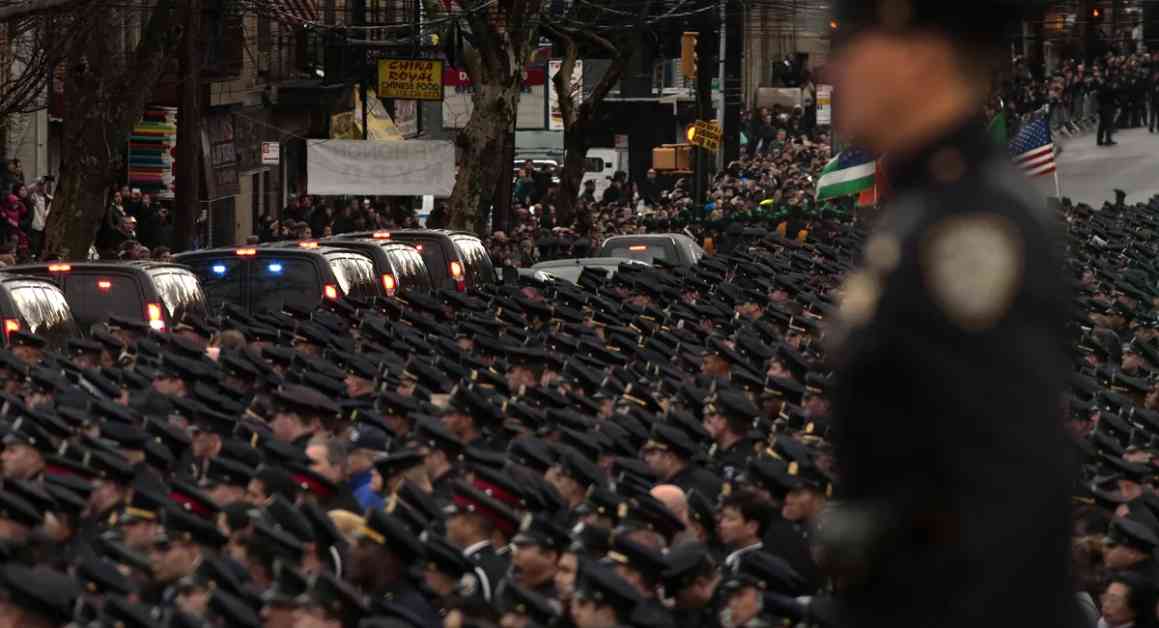The Evolution of Policing in New York City 10 Years After Tragic Loss
Ten years ago today, tragedy struck the heart of New York City when two NYPD officers, Rafael Ramos and Wenjian Liu, were ruthlessly gunned down while sitting in their patrol car in Brooklyn. This heinous act of violence came amidst citywide protests against police brutality following the death of Eric Garner, a Black man placed in a chokehold by an NYPD officer. The deaths of Officers Ramos and Liu marked a pivotal moment in the city’s relationship with law enforcement, sparking significant changes in policing strategies and public perceptions.
Impact on Law Enforcement and Community Relations
In the aftermath of the officers’ targeted killing, the NYPD implemented new safety measures to protect its officers and enhance public trust. The tragedy prompted the adoption of bulletproof patrol cars, officer smartphones, and the creation of specialized units to handle intelligence and counter-terrorism efforts. Former Police Commissioner Bill Bratton noted that while the loss deeply affected officer morale, it also led to advancements in technology and safety protocols within the department.
The deaths of Ramos and Liu reverberated beyond the city, sparking a national conversation on policing and accountability. Subsequent protests, such as those following George Floyd’s murder, fueled calls for reform and transparency in law enforcement. New York State repealed the controversial “50-a” law, increased oversight of police departments, and reduced funding for the NYPD in response to public demands for change.
Rebuilding Trust and Moving Forward
Today, the NYPD continues its efforts to rebuild trust with the community under the leadership of Mayor Eric Adams, a former NYPD captain. While some advocate for more aggressive policing, others emphasize the importance of fostering positive relationships between law enforcement and residents. The Detective Rafael Ramos Foundation and the Wenjian Liu Foundation stand as tributes to the officers’ legacies, providing support to families of fallen first responders and promoting positive interactions between police and communities.
As the city reflects on the events of the past decade, it is clear that the path toward improved police-community relations is complex and multifaceted. While challenges persist, the stories of Maritza Ramos, Jose Falero, and Pei Xia Chen remind us of the human impact of policing and the importance of bridging divides through empathy, understanding, and support.
Moving Forward Together
Ultimately, the evolving landscape of policing in New York City serves as a testament to the resilience and adaptability of law enforcement in the face of tragedy and change. As we honor the memory of Officers Ramos and Liu, let us strive to build a future where safety, justice, and mutual respect define the relationship between police and the communities they serve. Through dialogue, collaboration, and compassion, we can forge a path forward that upholds the values of accountability, transparency, and unity in the pursuit of a safer and more equitable society.












